
Who does not enjoy a hot cup of coffee early in the morning? Those little beans are drops from heaven providing a refreshing jerk to our sluggish lives. Smoke rising from a freshly brewed coffee cup is hard to give a miss.
Coffee, any day happens to be our favourite beverage whenever we are out with friends or are out for a date. Espresso, Latte, Pour-over, French press, Macchiato or Cappuccino, the names themselves are as gripping as their flavours. The world celebrates October 1 as International coffee day. But did you know these weird and quirky facts the magic beans hide?
Cappuccino and the Capuchin monks

The beverage is specifically termed 'cappuccino' for its complete resemblance to the clothing of the Capuchin monks. The colour of the espresso brewed with frothed milk was similar to the colour of the robes of Capuchin friars.
The Capuchin friars being members of Franciscan orders of monks were popular for their missionary activities. However, the Capuchins were renowned for their dress. They wore a simple brown robe with a long, pointed hood hanging down the back. The Italian term for this specific hood "cappuccino" provided the Italian name for this particular order of monks. The much desired "Cappuccino" came into existence in Italy when the drink was first introduced due to its resemblance to the colour of the hood of the Capuchin friars. History at times sounds delicious, isn't it?
The most expensive coffee
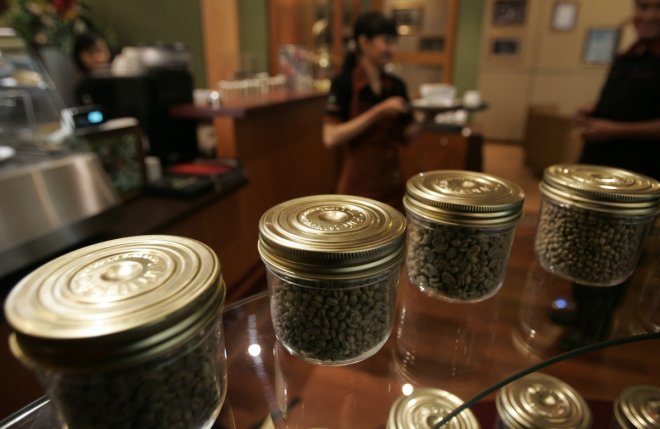
Kopi Luwak, world's most expensive costs up to $600 per pound. It is made from coffee beans that are eaten and then excreted by the Sumatran wildcat. The speciality about the coffee is its uncommon mode of production. Coffee beans interestingly are not digested by the civet cats but are actually fermented in a unique way that lends the coffee its unusual flavour. After 24 hours of the defecation process, the faeces are processed into coffee. These Indonesian cats are also called "luwak" and hence the name. Enjoy your cup of Kopi Luwak!
Espresso is something that is "forced out"?
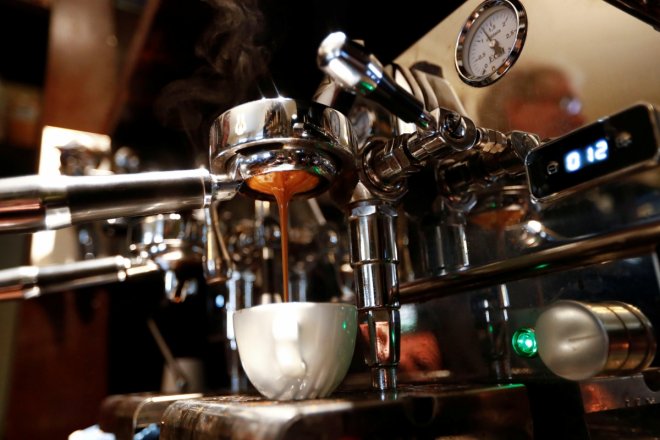
In Italian Espresso literally, means something that is "forced out". Technically this strong coffee is brewed by forcing hot water under pressure through roasted coffee beans. This particular process lends the beverage this Italian term.
The first food that was freeze-dried
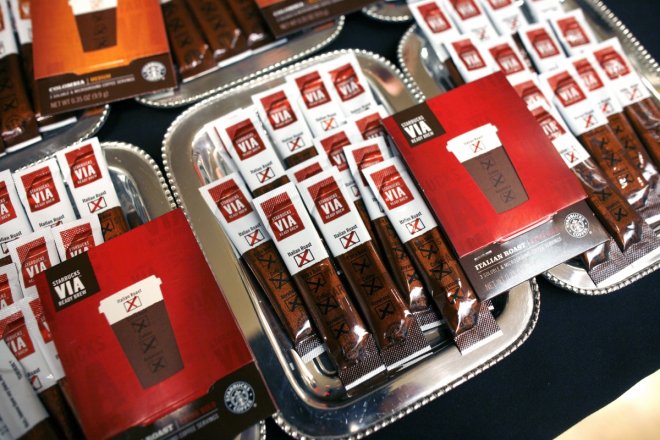
Coffee was the first food that was freeze-dried. How else would you get instant coffee? A key stage in instant coffee production, the process first roasts and grounds the coffee beans, then dissolving it into hot water. The coffee flavour, aroma and colour are extracted from the grounded coffee beans that are then transformed to highly concentrated liquor. Solid soluble coffee comes after the filtration process. Granules derived from the frozen liquor is then freeze-dried.
The Turkish pot "Cezve"
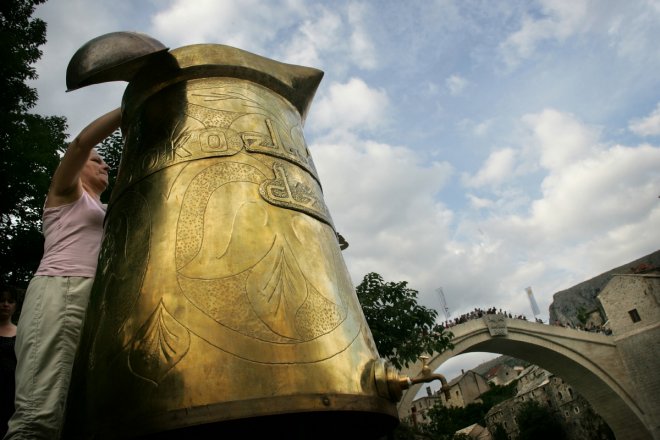
Ever heard of an ibrik? A Turkish container that comes with a spout is used for storing and pouring coffee. It looks like one of those pitchers from the Arabian Nights. This Turkish coffee pot also termed as "Cezve" is sure to give a regal touch to your drink.
The perfect blend of coffee
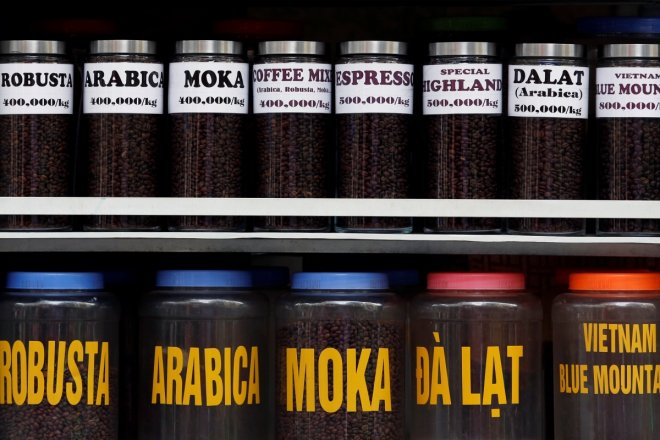
Almost 40 percent coffees are a blend of arabica and robusta beans. Arabica coffee plants are the most common in the world, constituting 70 percent of the coffee beverages. It contains less caffeine. Robusta cultivated mostly in Asia has a high content of caffeine. A perfect blend of both can do wonders.









